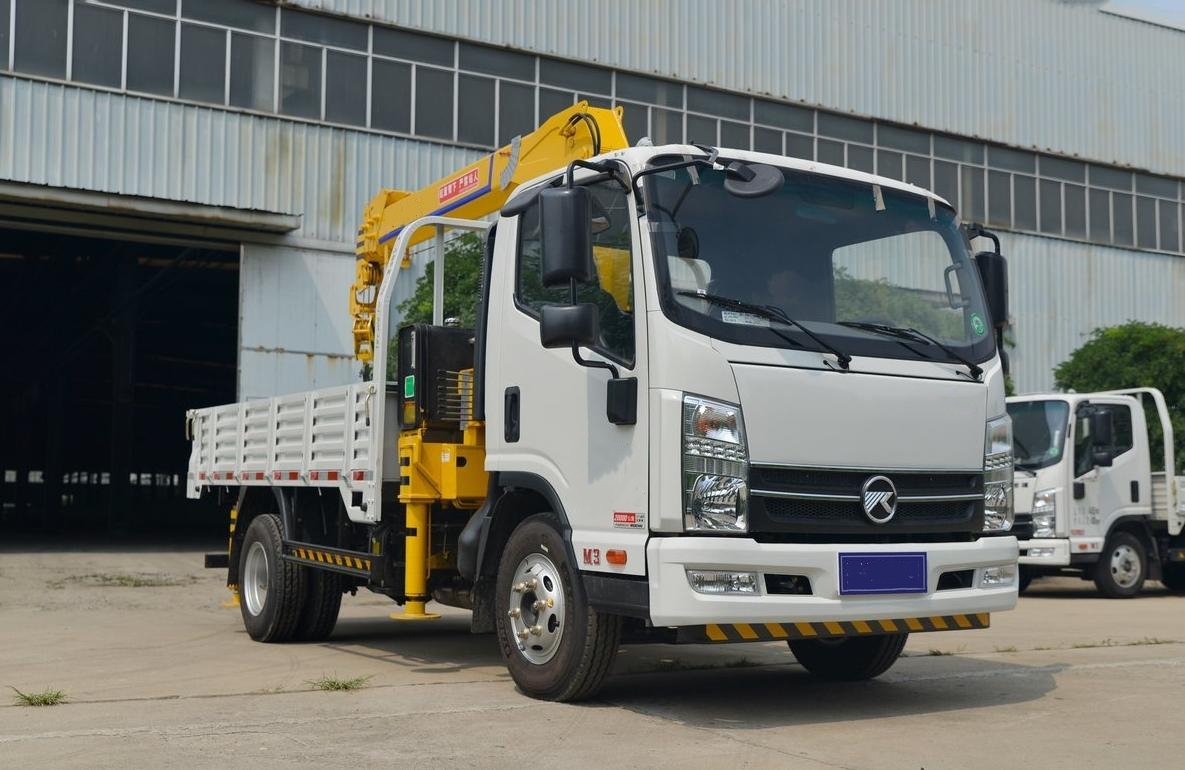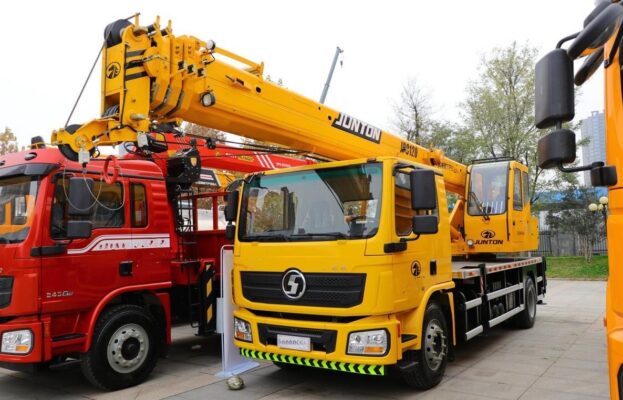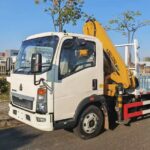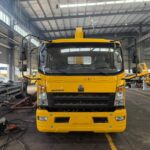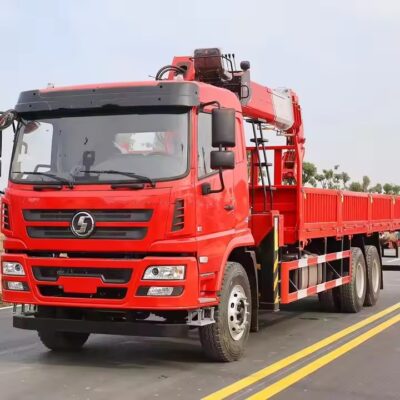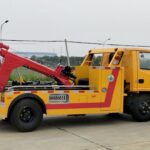Variable Frequency Drives (VFD) have become increasingly popular in crane systems due to their wide-ranging benefits in improving operational efficiency, safety, and maintenance. This advanced technology offers a range of advantages that make it a preferred choice for modern lifting equipment. Below is a detailed explanation of the benefits and superiority of using VFD systems in cranes:
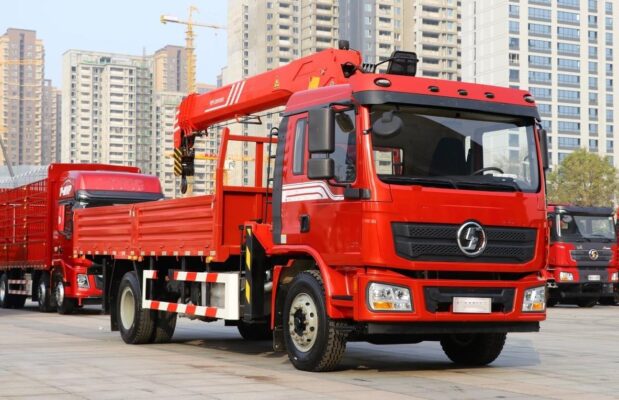
- Wide Speed Range and Precision Control
One of the primary advantages of VFD in cranes is the ability to achieve a wide speed range, which is essential for precise positioning. VFDs allow for fine-tuning the motor speed, enabling operators to perform lifting tasks with high accuracy. This is especially beneficial for operations that require precise handling, such as positioning heavy loads in tight spaces or when working with sensitive equipment. - Soft Start and Soft Stop Functions
VFDs feature soft start and soft stop capabilities, significantly reducing mechanical shocks during the starting and stopping phases. This feature minimizes the strain on the crane’s mechanical components, reducing wear and tear. As a result, the crane’s steel structure experiences less stress, improving its longevity and reducing the frequency of maintenance required, which ultimately extends the crane’s operational lifespan. - High Integration and Reliability
VFD systems are equipped with high-integrated components and highly reliable low-voltage electrical devices. This integration helps simplify the wiring complexity seen in traditional electrical systems, reducing the chance of system failures. Moreover, the simpler setup makes the system more user-friendly and easier to maintain, which is particularly important for crane operators and maintenance personnel. - Full Torque Output at Zero Speed
A key benefit of VFD technology is that the motor can deliver full torque even at zero speed. This feature is critical for preventing load drops in the event of brake failure or looseness in the braking system. By maintaining torque at low or zero speed, the system enhances safety and ensures that the crane operates reliably under all circumstances, including emergency situations. - Fast Dynamic Response
VFD systems provide fast dynamic responses, eliminating the risk of “hook creep” and enabling precise control during the transition between speeds. This capability ensures that the crane’s load handling is smooth and responsive, and also facilitates the “zero-speed crossover” function. This eliminates the typical challenges faced in low-speed operations, where traditional systems might struggle to maintain stability. - Automatic Energy-Saving Mode
VFDs are equipped with automatic energy-saving modes, significantly improving the power factor and overall system efficiency. These systems help reduce energy consumption, offering substantial savings in operational costs. Typically, VFD systems can achieve energy savings of more than 20%, which can lead to significant cost reductions over the crane’s operational life. - Fully Integrated Touchscreen Monitoring
The VFD system in cranes often includes a fully integrated, Chinese-language touchscreen monitoring system. This allows operators and technicians to perform self-diagnostics and troubleshoot system faults directly from the control panel. Such features make it easier to conduct real-time monitoring and maintenance, significantly reducing downtime and repair costs. - Prevention of Incorrect Operation
VFD systems ensure that operators cannot make incorrect maneuvers, such as accidentally reversing the motor or overloading the system. The sophisticated control system prevents such errors by offering more advanced control logic compared to conventional systems. This increases the safety of crane operations and reduces the likelihood of operator-induced faults. - Simplified Motor Drive
When compared to traditional DC drive systems, VFDs provide a more economical and simpler solution by eliminating the need for complex, costly, and maintenance-intensive DC motors. Instead, VFDs use standard, cost-effective AC motors, which are easier to maintain and more energy-efficient. This shift leads to both operational cost savings and increased reliability. - Reduction of Components in Electrical Control Systems
Compared to conventional electrical systems, VFDs eliminate the need for high-power resistors, acceleration contactors, and the motor’s forward and reverse contactors. This reduction in components not only simplifies the system but also lowers the overall cost of installation and maintenance, making VFD-equipped cranes a more affordable long-term investment. - Adjustable Acceleration and Deceleration Times
VFD systems allow operators to adjust the acceleration and deceleration times of the crane motor, ensuring smooth starts and stops. This smooth operation reduces the mechanical stress on both the crane’s components and the load itself. It also helps to maintain stability during low-speed operations, providing enhanced control and safety during lifting or lowering tasks. - Compliance with Specific Lifting Requirements
VFD systems meet specific requirements for speed control, low-frequency torque characteristics, and four-quadrant operation in crane hoisting mechanisms. The system is designed to handle low-speed operations for extended periods, which is particularly important for precise load positioning and preventing phenomena such as “hook creep” or undesired swinging of the load during lifting and lowering. - Vector Control for High Torque at Low Speeds
Many VFD systems in cranes utilize vector control methods, which allow the motor to provide rated torque even at 0Hz (zero speed). This is crucial for ensuring the crane’s hoisting mechanism can operate smoothly and safely at low speeds. Moreover, the vector control feature provides a reliable brake engagement, reducing vibrations and wear on the brake system, which further improves the crane’s overall performance and longevity.
Conclusion
The introduction of Variable Frequency Drives into crane systems offers numerous advantages, including improved precision, enhanced safety, and substantial energy savings. These systems are highly effective in reducing mechanical wear, minimizing the risk of operational errors, and providing smooth and reliable control over the crane’s movements. With high integration, better motor control, and reduced maintenance needs, VFD technology has proven to be a superior choice for modern cranes, offering both operational efficiency and long-term cost savings. As industries continue to embrace automation and efficiency, VFDs will remain a key component in the evolution of crane technology.

